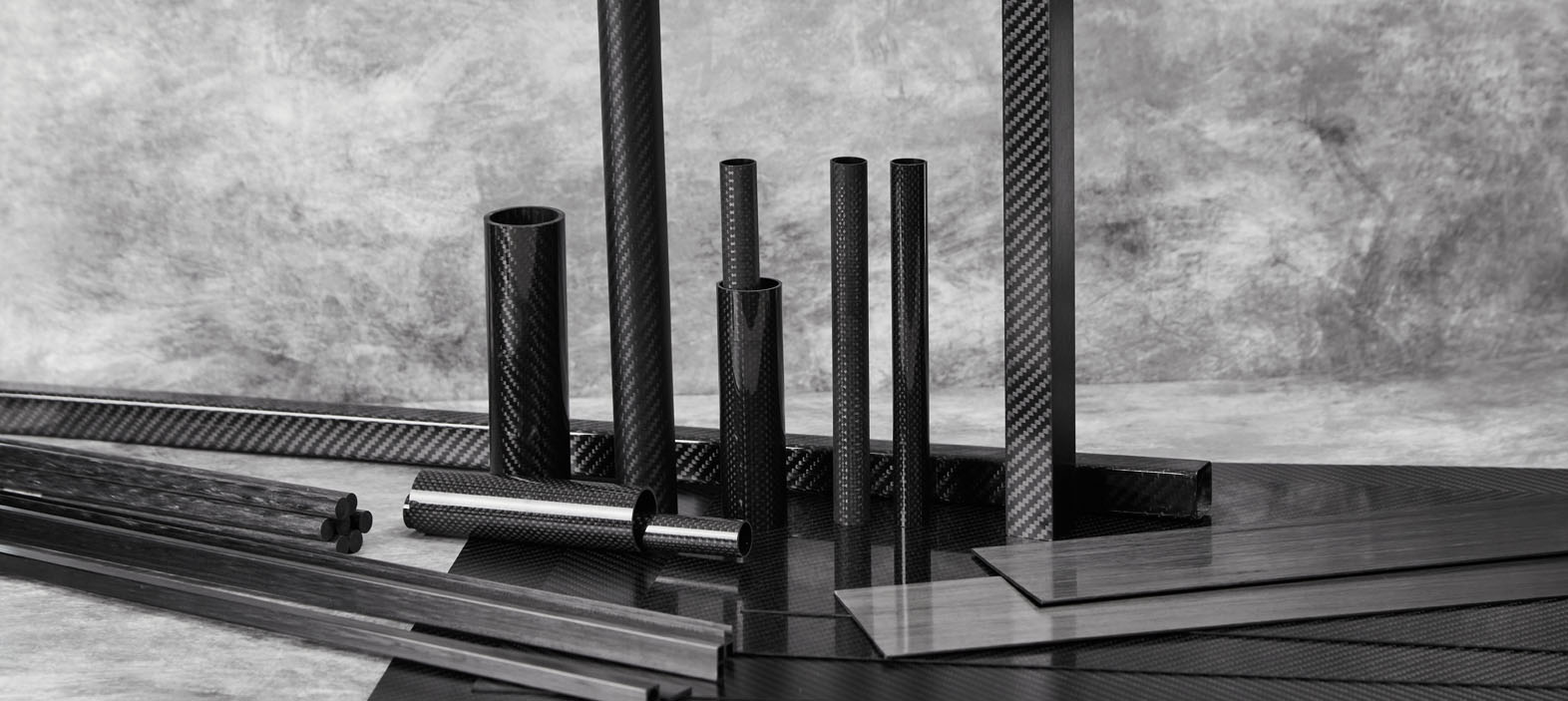
Challenges and Solutions in Machining of Carbon Fiber
👁 Reads: 529
The use of carbon fiber materials has grown exponentially in industries like aerospace, automotive, and manufacturing, owing to its high strength-to-weight ratio and exceptional durability. Carbon fiber rods are often used in the production of carbon fiber parts and carbon fiber CNC parts, which require precision machining to meet stringent tolerances. However, machining carbon fiber presents unique challenges due to its composite nature. In this blog, we will explore the challenges involved in carbon fiber machining and propose solutions to overcome them, ensuring high-quality carbon fiber components.
1. Brittleness and Delamination
One of the primary challenges in machining carbon fiber is its brittleness. Carbon fiber is made up of thin fibers embedded in a resin matrix. During machining, the fibers can easily splinter or crack, leading to delamination, which can significantly compromise the structural integrity of carbon fiber parts. Delamination occurs when the resin bond between the carbon fibers breaks apart, and the fibers themselves start to separate from the matrix. This is especially problematic when machining carbon fiber rods into intricate carbon fiber CNC parts.
Solution:
To mitigate brittleness and prevent delamination, it's essential to use sharp, high-quality tools designed specifically for carbon fiber machining. Tools with a diamond-coated or carbide tip can help prevent excessive heat generation, which is a common cause of delamination. Additionally, using a controlled cutting speed and low feed rates can minimize stress on the material. It is also beneficial to use a vacuum or mist coolant to reduce heat and remove debris during machining, as excessive heat can exacerbate the problem.
2. Tool Wear and Debris
Carbon fiber is highly abrasive, which accelerates tool wear when machining carbon fiber rods and parts. The abrasive nature of the material can cause significant degradation to the cutting edges of tools, leading to a reduction in tool life and increased downtime for tool replacements. Furthermore, carbon fiber dust and debris can be harmful to both the machinery and operators if not properly handled.
Solution:
To address tool wear, it's important to use high-quality, durable cutting tools that are designed specifically for composite materials. Diamond-coated or PCD (Polycrystalline Diamond) tools are ideal for cutting carbon fiber, as they are more resistant to abrasion. Regular maintenance of the tools, including cleaning and checking for wear, is essential to prolong tool life. Implementing an effective dust extraction system is crucial to keep the workspace clean and prevent the inhalation of harmful carbon fiber particles. This not only ensures the safety of operators but also helps maintain the longevity of the equipment.
3. Heat Generation and Thermal Expansion
The process of machining carbon fiber generates heat, which can lead to thermal expansion and distortion of the material. Carbon fiber has a low coefficient of thermal expansion, meaning it does not expand or contract significantly with changes in temperature. However, localized heat buildup during machining can cause the resin matrix to soften, leading to a decrease in the part’s dimensional accuracy and surface finish.
Solution:
To reduce heat buildup during carbon fiber machining, it’s important to control the cutting parameters. Slower feed rates and using lower cutting speeds can help dissipate heat more effectively. Applying coolant, either through mist or flood systems, is essential to keep temperatures under control. Using a coolant also helps flush away debris that may otherwise get trapped in the cutting tool, causing additional friction. In some cases, it may be beneficial to use water-soluble coolants, which are more effective at heat dissipation.
4. Surface Finish Quality
Achieving a smooth and consistent surface finish on carbon fiber parts can be challenging. Carbon fiber rods often have a rough surface due to the arrangement of the fibers, which can lead to a poor finish after machining. This is particularly noticeable on visible carbon fiber CNC parts, where aesthetic quality is important.
Solution:
To achieve the best surface finish, it’s essential to use the correct machining techniques and tools. Fine-grit abrasive tools and polishing pads can be used after machining to smooth out the surface. Additionally, post-processing techniques such as sanding and resin coating can improve the overall appearance and durability of the carbon fiber parts. Using a high-precision CNC machine for the final stages of machining can ensure a more consistent surface quality.
5. Part Integrity and Precision
Maintaining the integrity and precision of carbon fiber parts is crucial, particularly in industries like aerospace and automotive where components must meet exacting standards. The challenge lies in ensuring that the carbon fiber rods or parts retain their strength and do not suffer from deformation or dimensional inaccuracies during the machining process.
Solution:
Using a rigid CNC machine with high precision is key to achieving accurate machining results. In addition, fixturing the carbon fiber parts properly during the machining process ensures that they remain stable and do not shift during cutting. Using CNC machines with high-speed spindles and advanced control systems allows for precise machining with minimal distortion, even for intricate designs.
To Conclude:
Machining carbon fiber, especially when working with carbon fiber rods and carbon fiber CNC parts, presents a series of challenges. From the risks of delamination and tool wear to managing heat and ensuring surface finish quality, the process requires specialized equipment, tools, and techniques. By implementing the right strategies, such as using high-quality tools, controlling heat, and focusing on precision, manufacturers can overcome these challenges and produce high-performance carbon fiber components that meet stringent industry standards.





